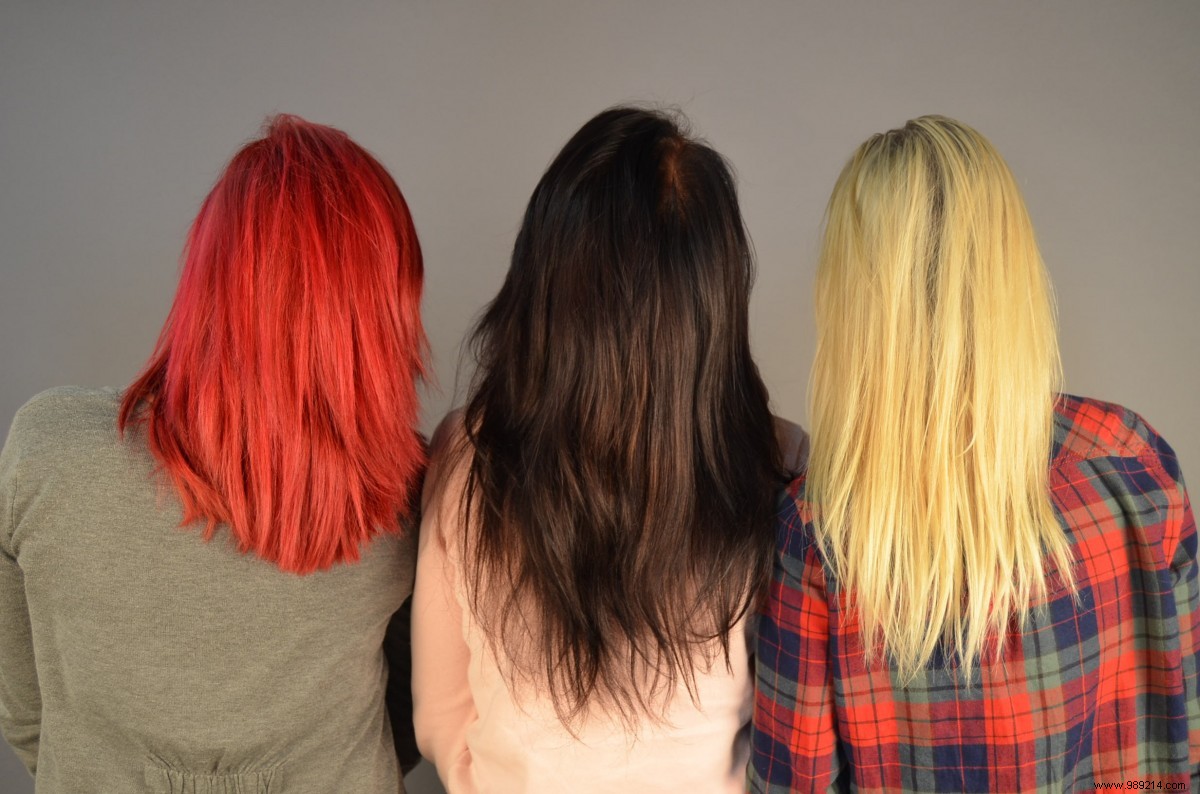We know that hair dyes contain irritating and toxic chemicals in their composition. These products are also often associated with an increased risk of cancer. What is it really? A recent study followed no less than 100,000 women over more than thirty years.
In the US and Europe, 80% of hair color commercially available are chemical and therefore oxidative permanent hair dyes. These colors are made of hydrogen peroxide, whose mission is to destroy hair melanin to replace it with chemical dyes. Colorations sometimes include products such as o-Phenylenediamine used to produce pigments.
However, this type of product falls into the category of probable carcinogens for humans. This conclusion is that of a study relayed in a press release published on February 24, 2020 by the International Agency for Research on Cancer (IARC). Incidentally, you should know that very few studies have looked at the potential health risks for people using these stains.
The Boston University School of Public Health (USA) therefore conducted a prospective observational study . The aim was to monitor the appearance of cancers in a large number of women. The study in question began in 1976 and ended in 2012. It involved 120,000 American nurses aged between 30 and 55 years old. The volunteers had to answer questionnaires every two or four years. These questionnaires were about their hair dye usage habits.

From the questionnaires, the researchers created two categories. The first category concerned non-users and the second, women having used at least once this kind of product without taking into account the frequency. In addition, the volunteers had to inform the researchers in the event of the appearance of a cancer officially confirmed by doctors.
According to the results, women using hair dyes are no more likely to have tissue cancer sarcomas and carcinomas. In addition, cancer-related mortality is also not subject to an increase among users. However, the risk of developing basal cell carcinoma is greater for women using permanent dyes. This is also the case for women with lighter hair. It should also be mentioned that frequent use of these products is linked to an increased risk of breast cancer.
Recall that the study establishes only positive associations between the appearance of certain cancers and the use of hair coloring. This does not in any way describe a causal link between the two. Furthermore, the study cannot serve as a reference in the world. Indeed, 96% of the women were predominantly Caucasian, brunette, and all were nurses in the United States. In addition, this research did not take into account certain data such as family history or environmental factors.